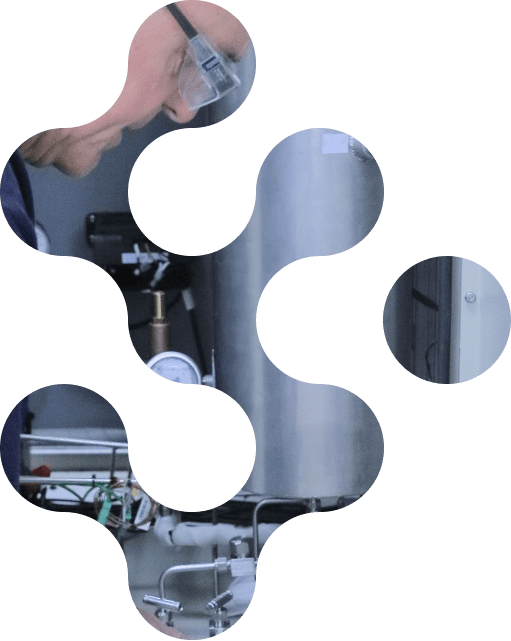Rather than relying on pressure or temperature to accomplish separation, Ardent’s cutting edge Facilitated Transport Membranes rely on the chemistry of the membrane itself, significantly reducing the need for compression or large balance of plant. Combined with a rugged polymer backbone, Optiperm™ membranes are more energy-efficient, easier to operate, more poison resistant, and longer lasting than other membrane solutions.



